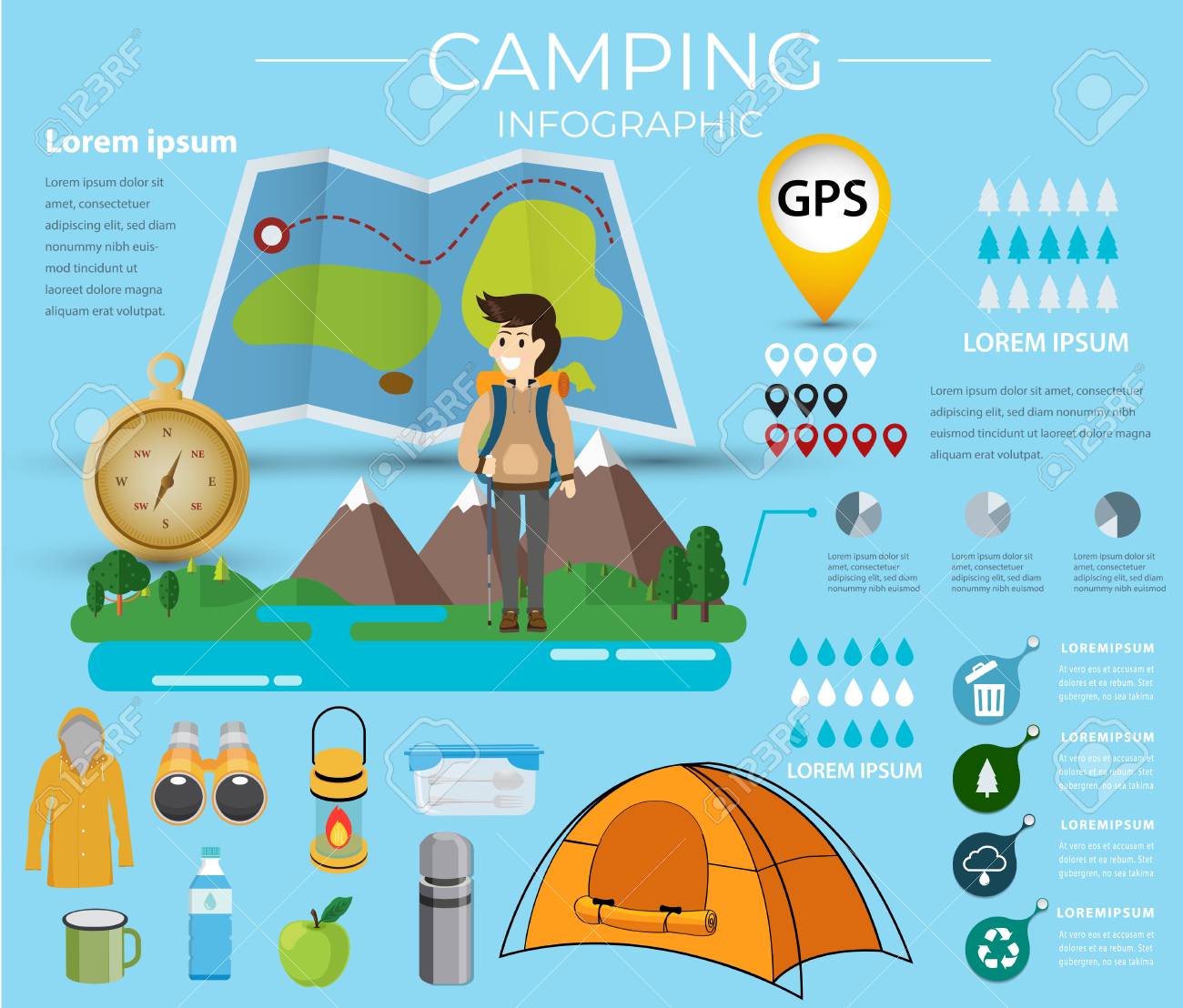Winter months outdoor camping is an enjoyable and daring experience, yet it calls for correct equipment to guarantee you remain cozy. You'll need a close-fitting base layer to trap your body heat, along with an insulating jacket and a waterproof covering.
You'll also require snow risks (or deadman anchors) buried in the snow. These can be connected using Bob's smart knot or a normal taut-line drawback.
Pitch Your Tent
Wintertime outdoor camping can be a fun and adventurous experience. Nevertheless, it is necessary to have the proper gear and understand exactly how to pitch your outdoor tents in snow. This will avoid chilly injuries like frostbite and hypothermia. It is additionally important to eat well and remain hydrated.
When establishing camp, make sure to choose a site that is protected from the wind and devoid of avalanche danger. It is also a great concept to load down the location around your outdoor tents, as this will certainly help reduce sinking from body heat.
Before you set up your camping tent, dig pits with the exact same dimension as each of the support factors (groundsheet rings and individual lines) in the facility of the outdoor tents. Fill these pits with sand, stones or even stuff sacks filled with snow to compact and protect the ground. You might likewise wish to take into consideration a dead-man support, which entails linking outdoor tents lines to sticks of timber that are hidden in the snow.
Load Down the Location Around Your Outdoor tents
Although not a need in the majority of locations, snow risks (additionally called deadman supports) are a superb enhancement to your outdoor tents pitching package when outdoor camping in deep or pressed snow. They are generally sticks that are created to be hidden in the snow, where they will certainly freeze and produce a strong anchor point. For best outcomes, make use of a clover drawback knot on the top of the stick and hide it in a couple of inches of snow or sand.
Establish Your Camping tent
If you're camping in snow, it is a great idea to use a tent designed for winter backpacking. 3-season tents function great if you are making camp listed below tree zone and not anticipating particularly extreme weather condition, but 4-season outdoors tents have tougher posts and materials and provide more defense from wind and hefty snowfall.
Make sure to bring appropriate insulation for your sleeping bag and a warm, completely dry blow up mat to sleep on. Inflatable floor coverings are much warmer than foam and help prevent cool places in your camping tent. You can likewise include an additional floor covering for sitting or food preparation.
It's also a great concept to set up your outdoor tents close to a natural wind block, such as a team of trees. This will make your camp a lot more comfortable. If you can't locate a windbreak, you can create your very own by excavating holes and hiding things, such as rocks, camping tent risks, or "dead man" anchors (old camping tent individual lines) with a shovel.
Tie Down Your Camping tent
Snow risks aren't required if you make use of the right methods to secure your tent. Hidden sticks (possibly collected on your technique walk) and ski poles function well, as does some variation of a "deadman" buried in the snow. (The idea is to produce a support that is so canvas tent strong you won't have the ability to draw it up, even with a great deal of initiative.) Some producers make specialized dead-man supports, yet I prefer the simplicity of a taut-line drawback linked to a stick and then buried in the snow.
Understand the surface around your camp, especially if there is avalanche danger. A branch that falls on your camping tent can harm it or, at worst, injure you. Likewise watch out for pitching your outdoor tents on a slope, which can trap wind and result in collapse. A protected location with a low ridge or hill is better than a steep gully.
